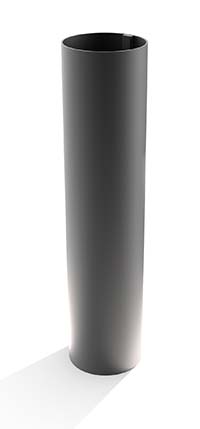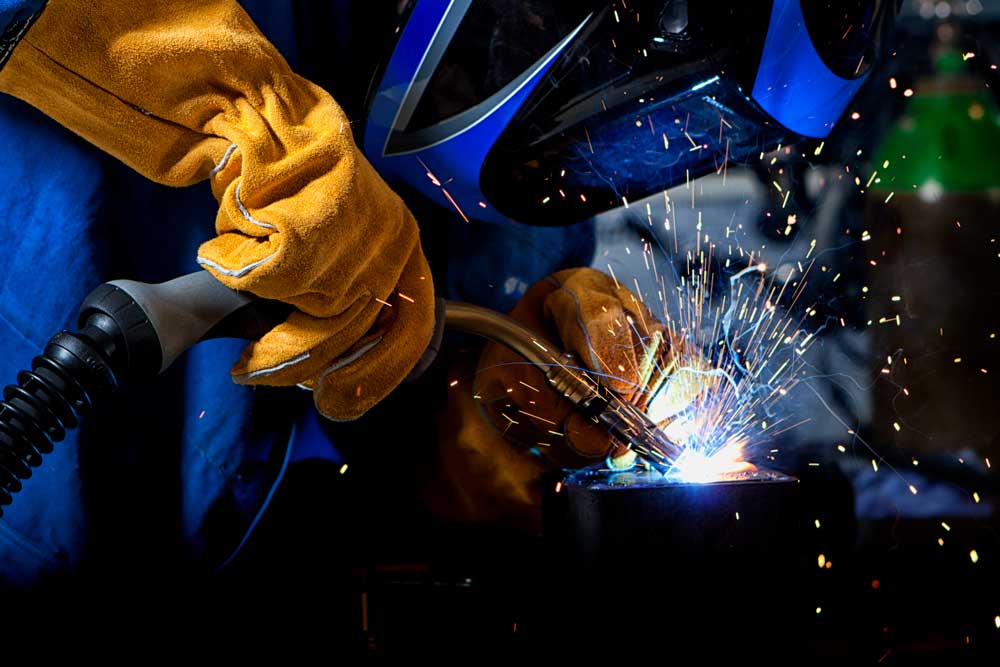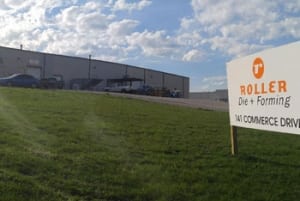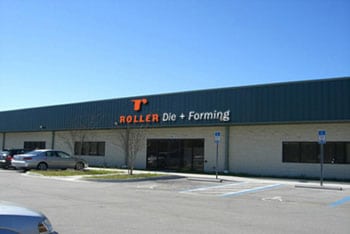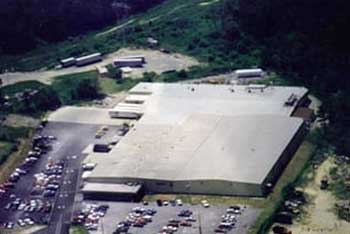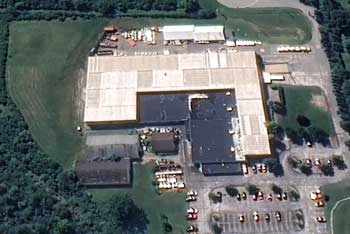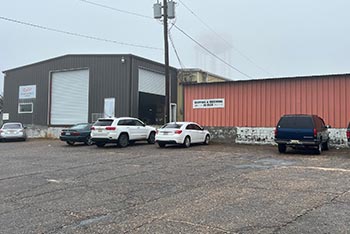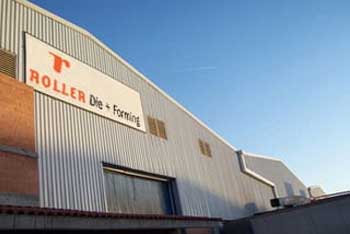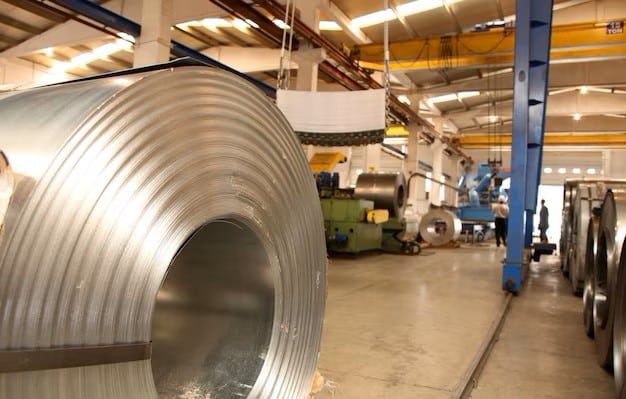Manufacturing is evolving, and so is roll forming technology. For those in the industry, staying updated with the latest advancements is essential. These innovations not only improve efficiency but also enhance product quality. Today’s roll forming machinery and techniques are more advanced than ever, offering manufacturers a range of benefits.
From automated machines to real-time quality monitoring, these technologies streamline production processes and reduce errors. Using higher-strength materials and energy-efficient solutions, manufacturers can meet stringent quality standards while keeping costs in check. Integrating Computer-Aided Design (CAD) systems allows for more precise and customizable outputs, aligning well with the diverse needs of modern manufacturing.
Overview of Roll Forming Technology Advances
Roll forming technology has come a long way. Recent advances have made the process faster, more efficient, and more precise. Modern roll forming machines can handle complex shapes and tight tolerances, meeting the high standards of today’s manufacturing industry.
One significant development is the use of computer-aided systems to control roll forming machines. These systems improve accuracy and reduce waste by ensuring that each part is made to exact specifications. Advanced sensors and real-time monitoring also play a key role, allowing for immediate adjustments and quality checks during production.
High-strength materials have become a staple in roll forming. These new materials can withstand harsher conditions and offer longer life spans. Manufacturers benefit from using these stronger metals, as they produce more durable and reliable components. Innovations in roll forming make it easier to process these high-strength materials without sacrificing speed or efficiency.
Importance of Innovations in Roll Forming for Manufacturers
Innovations in roll forming are crucial for manufacturers to stay competitive. New roll forming technologies enable the production of higher quality parts at a faster rate. This efficiency helps manufacturers meet customer demands and reduce lead times.
Automated roll forming machines are a game-changer. They offer speed and precision, reducing the need for manual intervention. With automation, manufacturers can produce consistent and high-quality parts quickly, boosting overall productivity.
Innovations also lead to cost savings. Technologies like real-time quality monitoring systems reduce the amount of scrap and rework necessary. Energy-efficient roll forming solutions lower operating costs by consuming less power. These cost reductions allow manufacturers to price their products more competitively, attracting more business and increasing profitability.
Automated Roll Forming Machines: Speed and Precision
Automated roll forming machines are transforming the manufacturing landscape. These machines offer unmatched speed and precision, making them invaluable assets for manufacturers. Automation reduces the need for manual labor, cutting down on errors and increasing productivity.
High-speed operation is one of the most significant benefits of automated roll forming machines. These machines can run continuously with minimal downtime, producing parts at a rapid rate. This is especially important for manufacturers with high volume demands. The increased speed allows for quicker turnaround times, ensuring that customer orders are fulfilled on schedule.
Precision is another key advantage. Automated machines are equipped with advanced sensors and control systems that ensure each part meets exact specifications. This level of accuracy reduces waste and improves product quality. Manufacturers can trust that their products will be consistent and reliable, meeting the high expectations of their customers.
Computer-Aided Design (CAD) in Roll Forming
Computer-Aided Design (CAD) has revolutionized roll forming by enhancing the design process. CAD software allows manufacturers to create detailed and precise designs, which can then be easily translated into production-ready formats. This technology streamlines the workflow, making it easier to produce complex parts with tight tolerances.
Using CAD in the roll forming process offers several benefits. Designers can create virtual prototypes, allowing them to test and refine designs before production begins. This reduces the risk of errors and costly rework. Additionally, CAD software integrates seamlessly with modern roll forming machines, enabling precise control and reducing setup times.
CAD also increases customization options. Manufacturers can quickly adapt designs to meet specific customer requirements. Whether producing unique shapes or adjusting dimensions, CAD makes it easy to tailor products to diverse needs. This flexibility helps manufacturers stay competitive and responsive to market demands, ensuring they can deliver high-quality, customized products efficiently.
High-Strength Materials and Their Impact on Roll Forming
Using high-strength materials in roll forming has transformed the manufacturing process. These materials, such as advanced high-strength steel (AHSS) and ultra-high-strength steel (UHSS), offer superior durability and performance. Their increased strength allows for lighter and thinner metal sections without sacrificing performance.
High-strength materials also improve the efficiency of the roll forming process. Machines can handle more rigorous demands and produce parts that require less machining and finishing. This reduces costs and speeds up production times. Additionally, high-strength materials are crucial for industries where safety and durability are paramount, such as automotive and aerospace sectors.
However, working with these materials also presents challenges. Their toughness can lead to increased wear and tear on roll forming equipment, necessitating more frequent maintenance. It’s essential to use machines and tools designed to handle these robust materials to ensure a smooth, efficient production process.
Real-Time Quality Monitoring Systems
Real-time quality monitoring systems are game-changers in roll forming. These systems use sensors and advanced software to constantly check the quality of materials and products throughout the manufacturing process. By instantly detecting issues, they help prevent defects and ensure consistent quality.
Implementing real-time monitoring systems provides several benefits. First, it reduces waste. By catching errors early, manufacturers can make adjustments before a significant amount of material is wasted. Second, it enhances product quality. Consistent quality checks ensure that every piece meets the required standards, resulting in fewer rejects and higher customer satisfaction.
Moreover, these systems also increase overall efficiency. With real-time feedback, operators can immediately address any issues, minimizing downtime and maintaining smooth production flow. Utilizing real-time quality monitoring systems ultimately leads to better products and more efficient manufacturing processes.
Energy Efficient Roll Forming Solutions
Energy efficiency is a critical goal for many manufacturers. Energy-efficient roll forming solutions help reduce operating costs and minimize environmental impact. These solutions often involve modernizing machinery, using advanced technology to optimize energy use, and incorporating sustainable practices.
Switching to energy-efficient machinery can significantly lower energy consumption. For instance, using motors with variable frequency drives (VFDs) allows for precise control of machine speed, reducing unnecessary energy use. Additionally, advanced lubrication systems can reduce friction and energy consumption.
Renewable energy sources and recycling materials contribute to a greener roll forming process. Recycling scrap metal and reusing materials not only saves energy but also reduces waste. Implementing these energy-efficient solutions helps manufacturers save money, meet regulatory requirements, and contribute to environmental conservation.
Flexible Production Lines: Adapting to Custom Orders
Flexibility in production lines is key for manufacturers who need to handle custom orders. Customization is becoming more common as customers demand specific, tailor-made products. Flexible roll forming lines can adapt quickly to different specifications, allowing for rapid changes without substantial downtime.
One way to achieve flexibility is through modular design. Modular roll forming machines can be easily reconfigured to produce different shapes and sizes. This flexibility reduces the need for separate production lines, saving space and costs. Quick-change tooling systems also help switch between different product designs swiftly.
Incorporating advanced software for production management enhances line flexibility. These systems can manage order specifications, schedule production efficiently, and ensure the correct setup for each run. By maintaining flexible production lines, manufacturers can meet diverse customer needs promptly, enhancing their ability to compete in various markets.
Predictive Maintenance
Predictive maintenance anticipates equipment failures before they happen. Technology analyzes data and identifies patterns that indicate potential problems. Implementing predictive maintenance in roll forming can save time, reduce costs, and increase machine reliability.
Predictive maintenance systems continuously learn from the data they collect. They know what normal operation looks like and can spot deviations that suggest wear or other issues. This allows maintenance teams to fix problems before they escalate, avoiding costly repairs and downtime.
Regularly updating these models ensures they remain accurate and effective. System improvements increase their ability to predict and prevent failures, leading to smoother production. Predictive maintenance is a valuable tool for keeping roll forming equipment in top shape.
The Future of Roll Forming: Industry Trends
The future of roll forming is shaped by several emerging trends that enhance efficiency and quality. Some key trends include:
- Advanced Automation: Automation continues to evolve, bringing greater precision and speed to roll forming processes. Advanced robotics and automated systems reduce human error and increase production rates.
- Sustainable Practices: There is a growing focus on sustainability. Manufacturers are seeking energy-efficient solutions, recycling materials, and reducing waste.
- Customization and Flexibility: Demand for custom products is rising. Flexible production lines adapt to various specifications, allowing manufacturers to meet these needs quickly.
Staying ahead of these trends helps manufacturers maintain competitive edges and deliver high-quality products.
Choosing the Right Roll Forming Partner for Technological Advancements
Selecting the right roll forming partner is essential for leveraging technological advancements. Here’s what to look for:
- Technical Expertise: Ensure the partner has experience and knowledge of the latest roll forming technologies. Their expertise will help you utilize advanced tools and processes effectively.
- Financial Strength: Once you invest in tooling, you want to ensure that your parts will be able to run for their entire lifecycle. Look for a partner with a solid track record.
- Innovation Track Record: Look for a partner known for embracing new technologies. An innovative partner stays current with industry trends and implements cutting-edge solutions.
- Customization Capabilities: Your partner should offer flexible solutions tailored to your specific needs. Customization ensures that their technology fits your unique requirements.
- Support and Training: Choose a partner who provides excellent support and training. This ensures your team can operate new technology efficiently and address any issues promptly.
By considering these factors, you’ll find a partner who can help you stay at the forefront of roll forming advancements and achieve your production goals.
Conclusion
Roll forming technology continues to advance, offering manufacturers exciting new possibilities. From integrating IoT and predictive maintenance to focusing on sustainability and flexibility, these innovations enhance efficiency and product quality. Staying informed about these trends and choosing the right partners ensures that manufacturers can adapt and thrive in a competitive landscape.
For those looking to take advantage of the latest roll-forming technology, Roller Die + Forming offers cutting-edge solutions to meet your manufacturing needs. Contact us today to discover how our expertise and advanced technology can help you achieve superior results.

